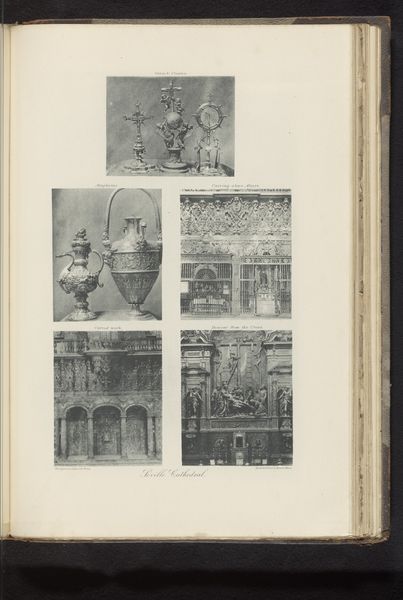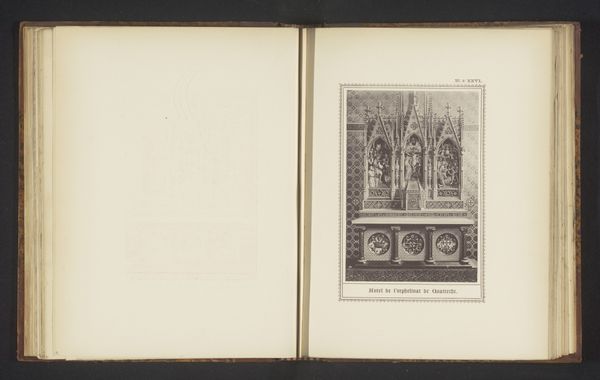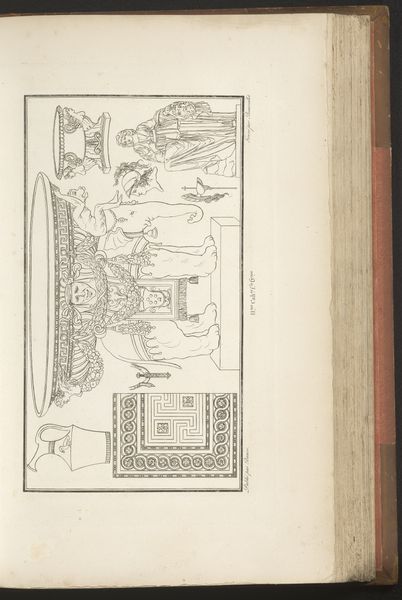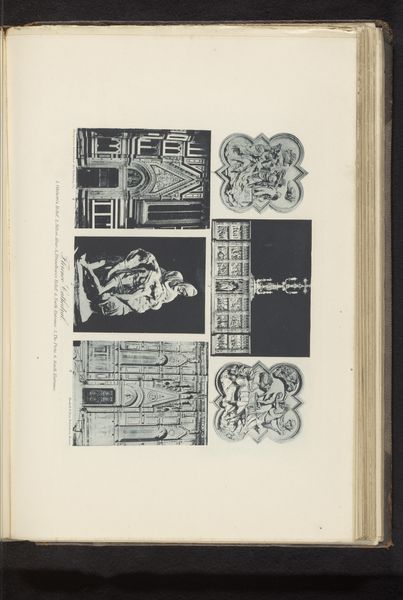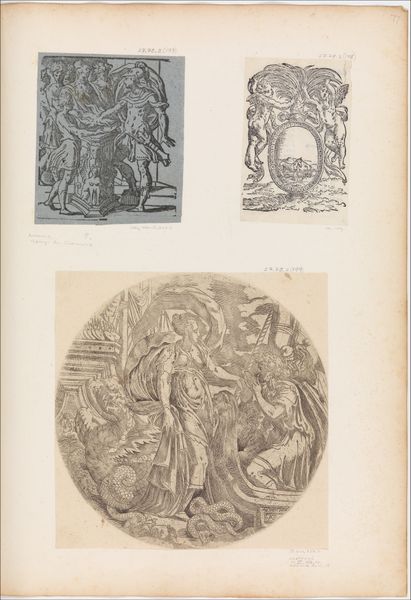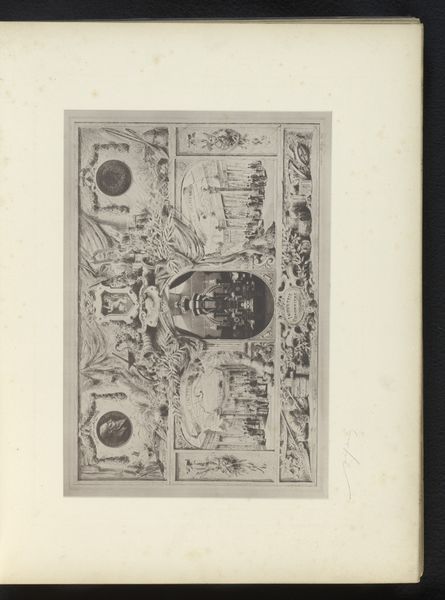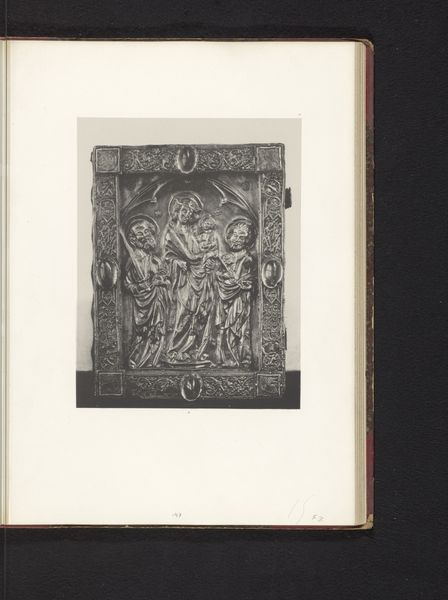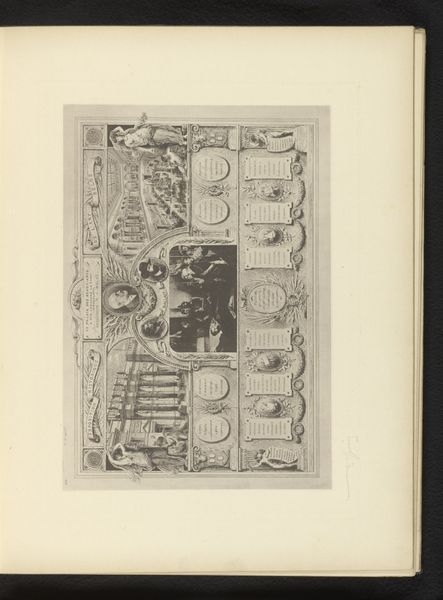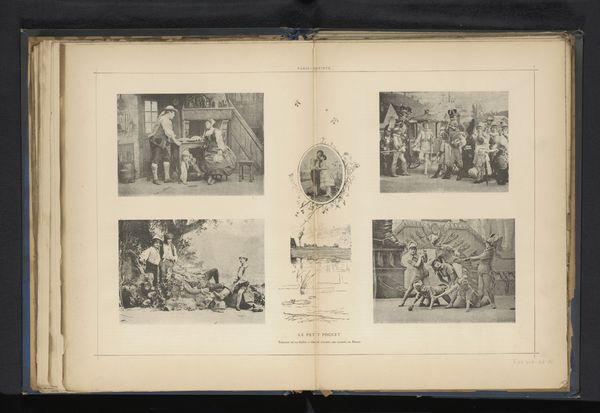
drawing, print, paper, engraving, architecture
#
drawing
#
medieval
# print
#
classical-realism
#
paper
#
form
#
geometric
#
line
#
cityscape
#
italian-renaissance
#
engraving
#
architecture
Dimensions: height 425 mm, width 295 mm
Copyright: Rijks Museum: Open Domain
Editor: This print, "Five Details of the Cathedral of Pisa," from before 1886, offers a glimpse into architectural elements. It seems so precise and ordered, quite classical in its presentation. I'm struck by how it captures details of stonework. How do you read this piece? Curator: I see this as a document of labor and materiality. The engraving meticulously replicates different forms, highlighting the skill involved in quarrying, carving, and constructing these architectural elements. Consider the social context of these materials; where did the stone come from? Who were the laborers who shaped them? This isn’t just about aesthetic beauty, it’s about the systems of production and the economics that brought these structures into being. Editor: So, you're focusing less on the artistic choices and more on what went into the building itself? The extraction and manipulation of raw materials? Curator: Exactly! The image serves as a point of access to understand consumption of material and artistic resources. Take for example the spiral staircase captured; How much labor, both physical and creative went into its creation? It provokes questions of value— not merely artistic value, but social, material, and historical values. Editor: That's fascinating, it completely reframes how I see this image. I was initially caught up in the visual presentation, but now I'm considering the sheer effort embedded in each depicted detail. Curator: The print medium itself contributes to this material understanding. An engraving makes this architecture accessible through mass production. What once may only be viewed in Pisa, Italy is now portable! Editor: This has truly deepened my understanding. Looking at it, I feel the weight of its materials and processes. I now realize prints and engravings were vital to circulating artistic knowledge throughout history! Curator: Indeed! And crucial to comprehending the interplay between art, labor, and societal forces at play.
Comments
No comments
Be the first to comment and join the conversation on the ultimate creative platform.

